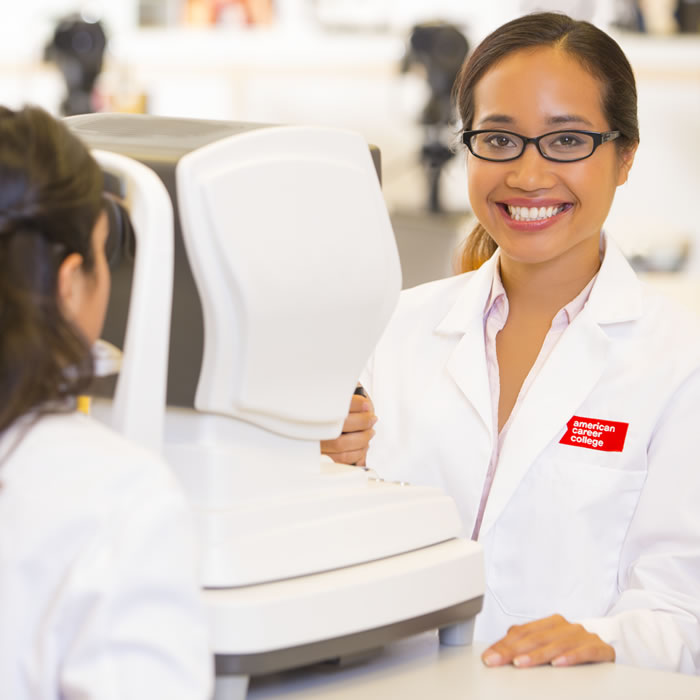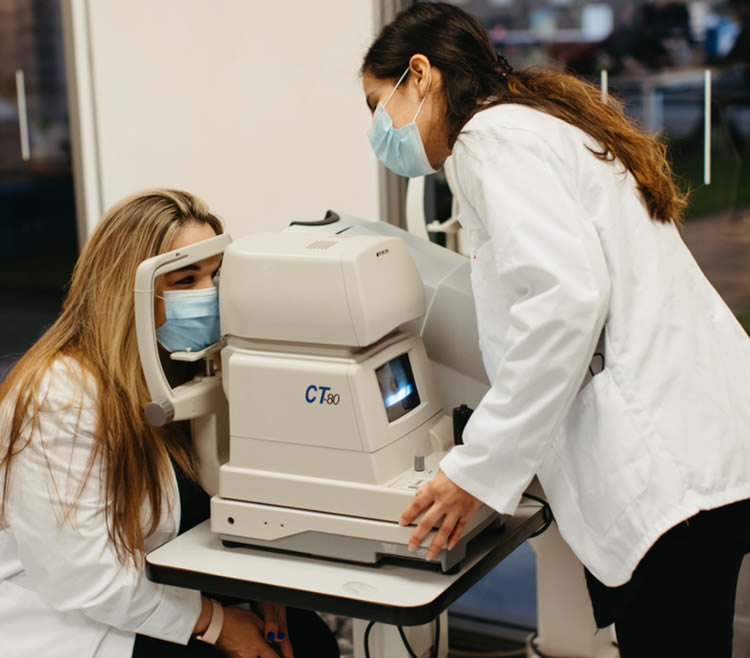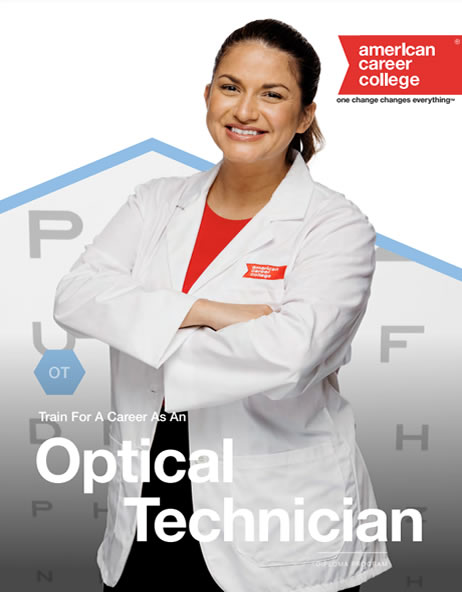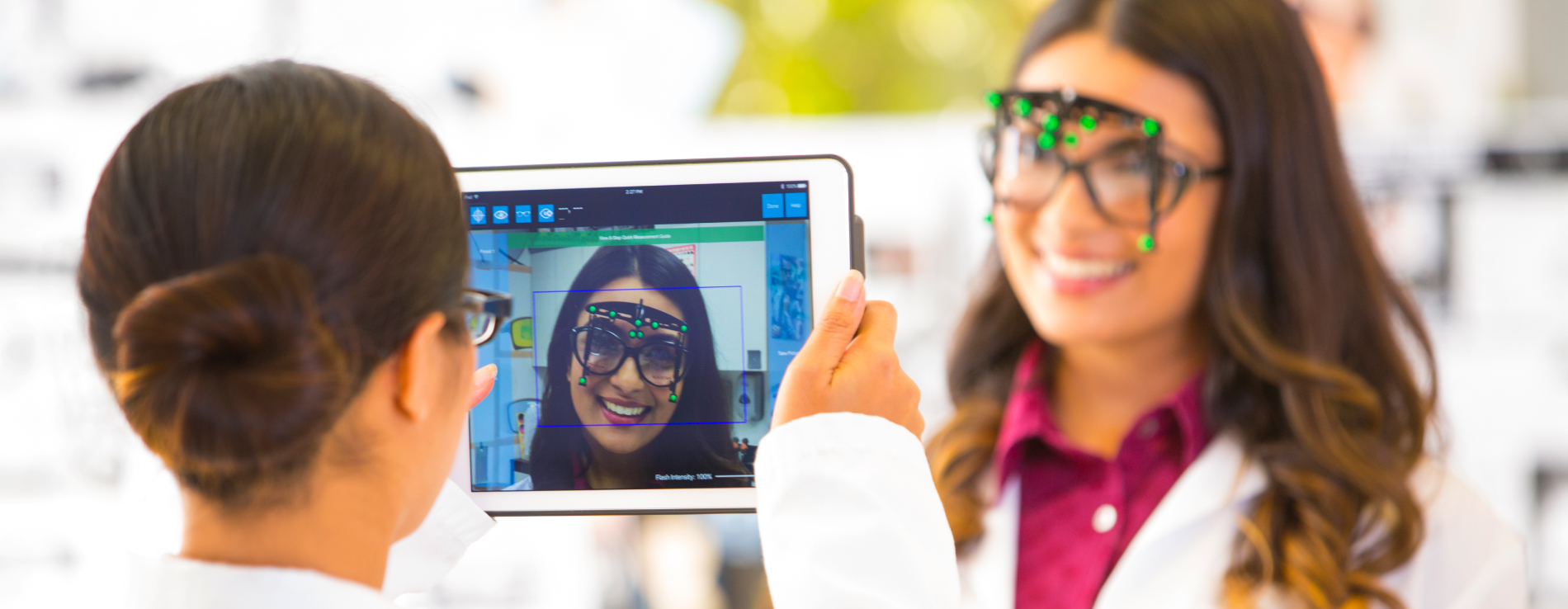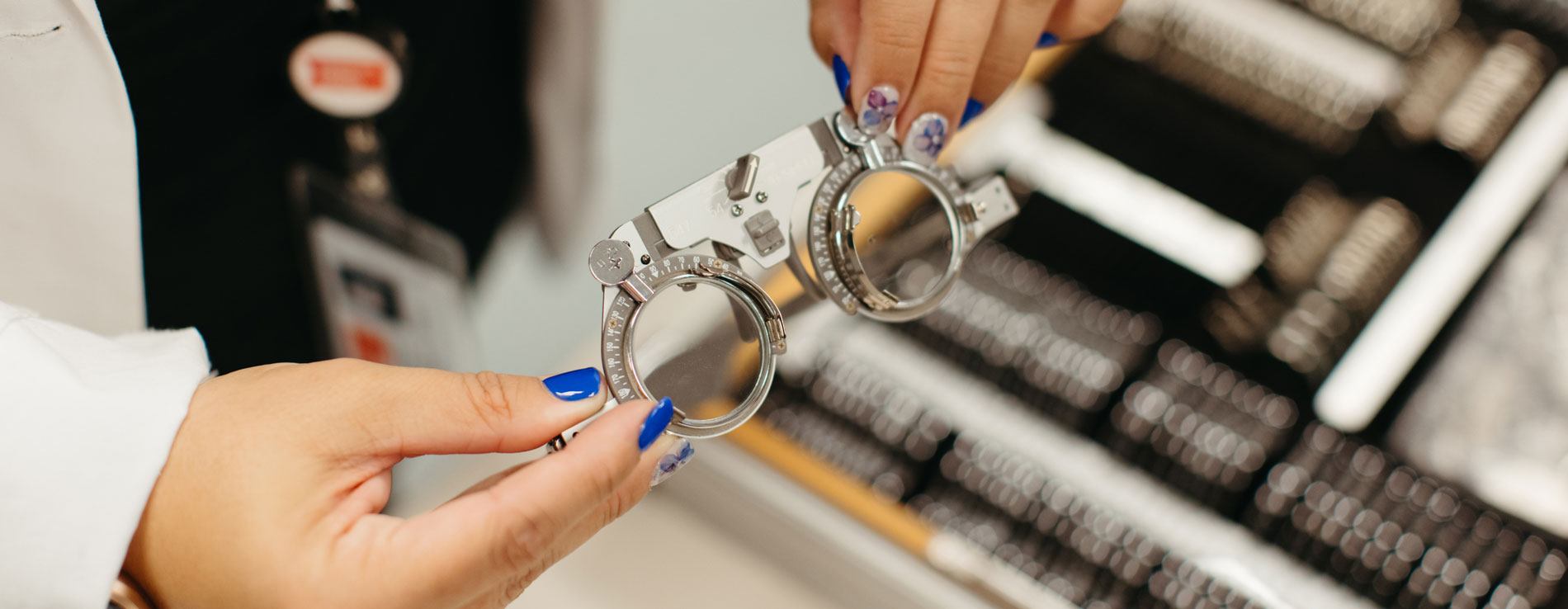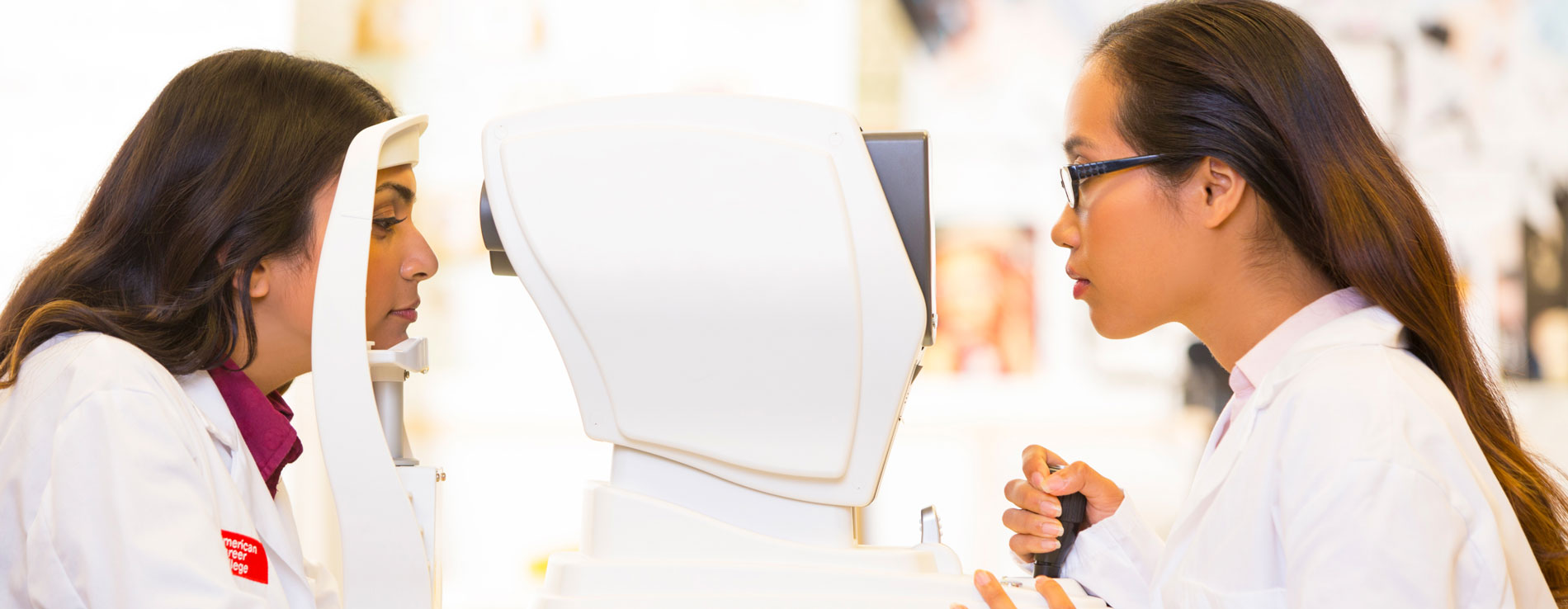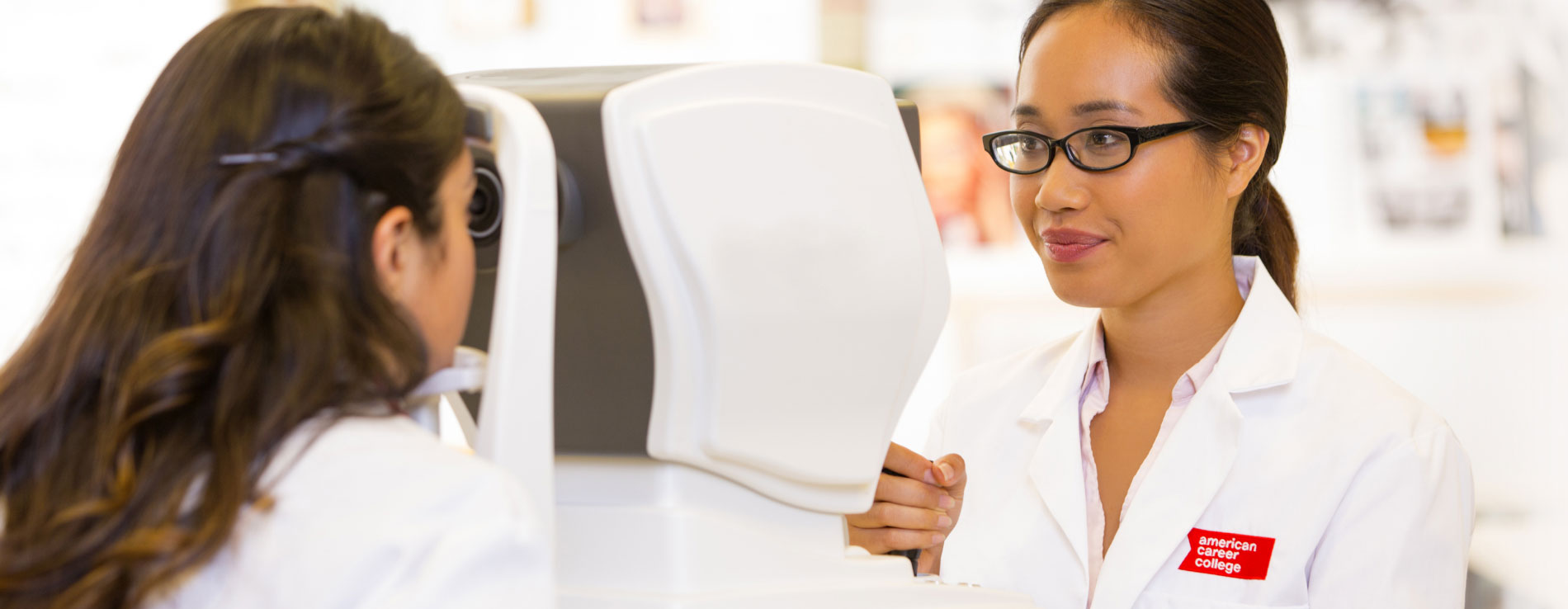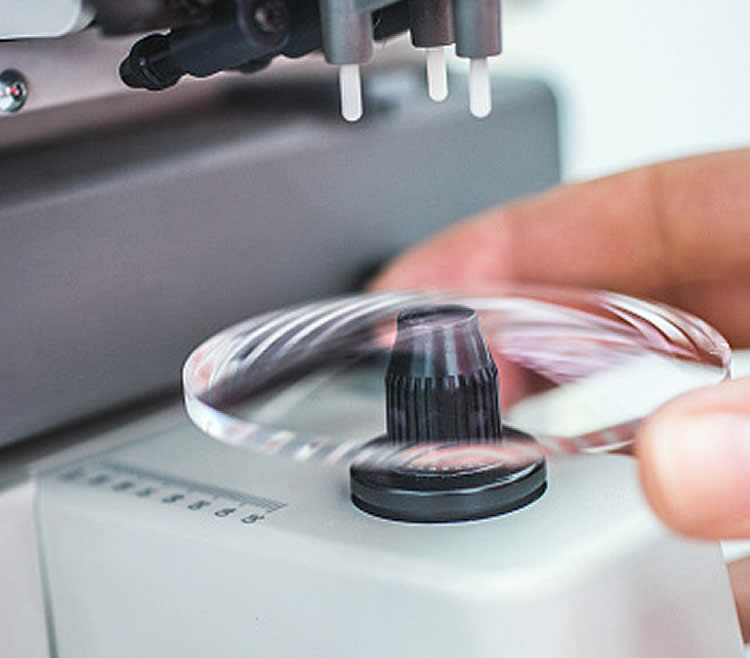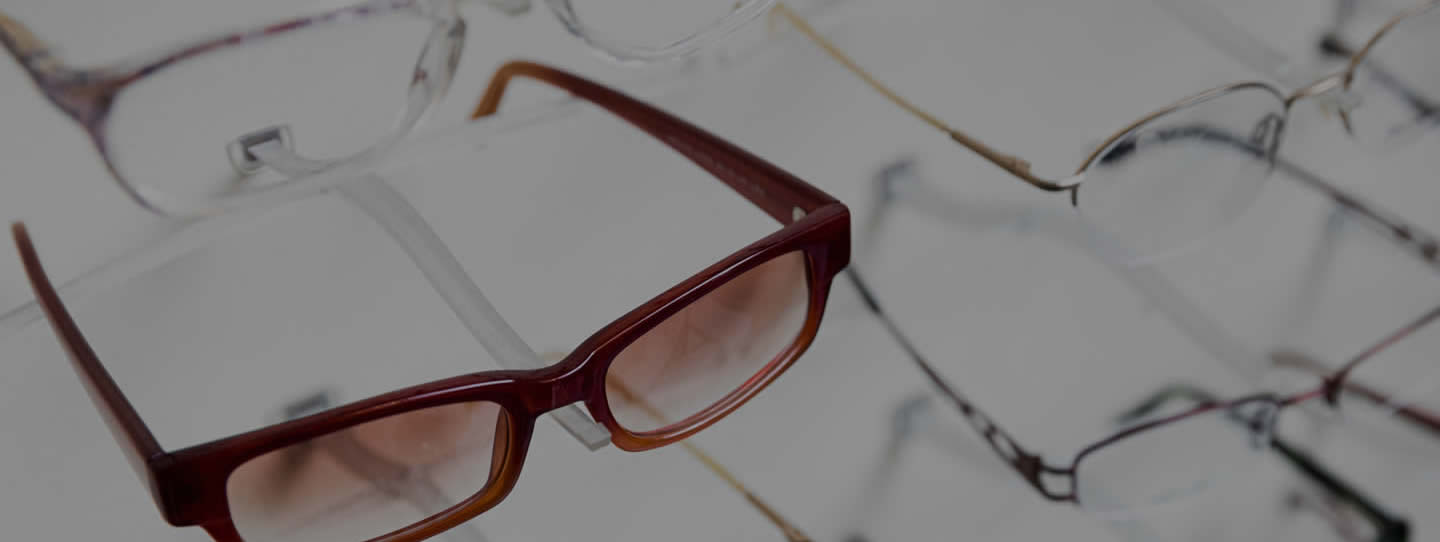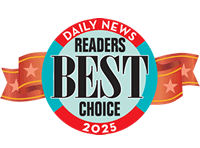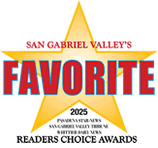Optical technicians help patients discover eye care solutions that not only improve their vision but make them feel good. They typically work in a doctor's office or retail setting, assisting patients with fittings and recommending eyeglasses and contact lenses based on the patient’s occupation, hobbies and facial features.
Here are some things you may do:
- Assist customers in selecting and fitting eyeglasses or contact lenses
- Provide information on options pertaining to frames, tints and coating
- Make recommendations based on the customer’s needs, occupation and habits
- Fit eyeglasses and make adjustments as needed
- Provide instructions on how to care for eyewear or contact lenses1
1California Employment Development Department OCC Guide, Opticians, Dispensing in California
If you love working directly with people and helping them find the right products for their needs, you might enjoy a career as an optical technician.
Here are some of the top skills and attributes that make for a great optical technician:
Speaking and communication – Optical technicians work directly with customers, covering information on options including frames, tints and coating. They should be able to communicate effectively to help customers make the best decision.
Active listening – Optical technicians should be able to listen to and understand customer concerns to make the best recommendations possible.
Service orientation – A great optical technician is one with a passion for helping patients and for providing the best care possible.
Social perceptiveness – Being aware of and understanding customers’ reactions helps optical technicians provide patient-centered service.
Judgement and decision making – Optical technicians should be able to consider each patient’s needs and recommend the best products for each individual.
The American Career College Optical Technician curriculum is divided into standalone learning units called class modules, which include:
Light and Single Vision – Coursework in this module is designed to teach you the basic anatomy and physiology of the eye. Causes and treatments of low vision are discussed, and you will also receive hands-on training in lensometry, frame measurements and patient measurements.
Multifocals – In these courses, you will learn about different lens designs, prescription, true powers, transposition, metric system and diopter power. You will also practice the steps required to fabricate multifocal glasses using plastic, metal and nylon cord frames and receive hands-on experience in progressive lens mapping techniques.
Frames/Lenses – Coursework in this module covers different lens and frame materials and designs as well as various optical products available in the market. You will be introduced to salesmanship, and you will have the opportunity to practice frame standards along with anatomical alignments and repairs.
Soft Contact Lenses – In these courses, you will study anatomy and the physiology of the eye as you learn to fit, insert and remove soft contact lenses. You will also gain hands-on practice with keratometer, slit lamp and other related instruments to verify CL parameters. Additionally, you will be introduced to various complications and medical problems related to CL wear.
Rigid Contact Lenses – These courses focus on teaching you the effect of vertex distance on lens power. Refractive errors are presented, and you will study the proper care system for rigid lenses. You will also be introduced to various complications and medical conditions that require specialty contact lens fitting.
Anatomy/Physiology/Prisms – In these courses, different lens designs, prescription, true powers, transposition, the metric system and diopter power are discussed and you will learn to calculate the horizontal and vertical powers. You will also receive hands-on experience in lensometry, frame measurements and patient measurements while practicing the steps required to fabricate a pair of glasses with prescribed prisms.
Optical Office Procedures – Coursework in this class module prepares you for various tasks in an optical office, including the practicing of salesmanship through role-playing. You will also practice adjustments, repair frames using hand tools and learn about HIPAA and vision care billing.
Dispensing Optician Externship – Under the direct supervision of qualified personnel, you will be given the opportunity to demonstrate and reinforce the knowledge and skills presented and practiced throughout the school's training program.
For a complete description of coursework in these modules, please refer to the ACC Catalog.
